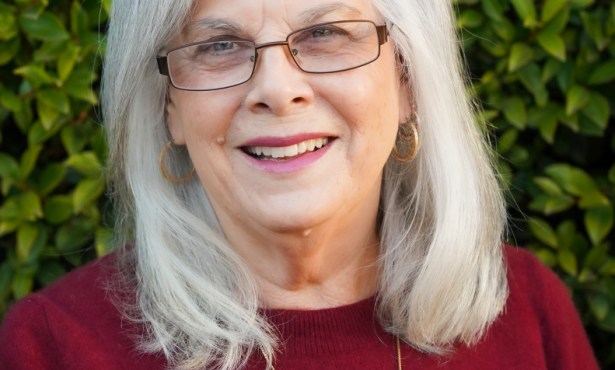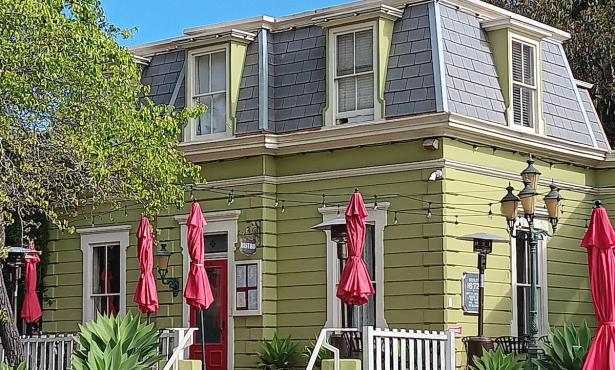California Reparations Task Force

By Todd Shea
2023 President
Santa Barbara Association of Realtors
I was fortunate to attend a fantastic Fair Housing and Diversity forum in Indian Wells last week at the California Association of Realtors Winter Directors Event. With black history month on everyone’s mind, this forum focused on reparations for African Americans and the California Reparations Task Force. The task force is studying the institution of slavery and its lingering negative effects on living African Americans, including descendants of persons enslaved in the United States. This task force was put together to make recommendations to the California government following their findings. Led by Chair Kamilah Moore and rounded out by a fantastic group of senators, lawyers, civil rights leaders, and psychologists, the task force will release a final report on June 1st with recommendations on community eligibility, and compensation models.
Possible reparations may include making amends for the harm done, restitution for stolen land and cash, subsidized health care, legal services, satisfaction (symbolic), and guarantees of non-repetition.
The interim report thesis is focused on 12 specific areas of systemic discrimination.
Racial Terror
Political Disenfranchisement
Housing Segregation
Separate and Unequal education
Racism in Environment and Infrastructure
Pathologizing the Black Family
Control over Creative Cultural and Intellectual Life
Stolen Labor and Hindered opportunity
Unjust legal system
Metal and Physical Harm and Neglect
The Wealth gap
Housing and Zoning have played a significant part across these areas since slavery was abolished in 1865. Some of the data found and highlighted by the task force were:
· In 2019, white households owned nine times more assets than black households.
· Federal and California housing homestead acts gave away land, the majority to whites. Today, over 46 million people are dependents on the land given away.
· American housing act of 1949 helped white Americans buy single-family homes and excluded those of color
· Courts enforced racial covenants that prevented selling to black homes up until the late 1940s
· As an example, by 1940, 80% of homes in Los Angeles contained restrictive covenants barring black families.
· Before 2008, banks specifically targeted blacks in those populated areas with “ghetto loans,” subprime and predatory rates.
· From 1949 to 1973, American Americans were 5x more likely to be replaced by Eminent domain than white families.
· Redlining-The practice of redlining was born out of the National Housing Act of 1934, where the FHA commissioned the Home Owners Loan Corporation to create a survey of neighborhoods in 239 cities and rank them by security and desirability. The survey ranked neighborhoods from A to D and color-coded each grade. An A-rated neighborhood was coded green and deemed the most desirable, a D neighborhood was coded red and deemed least desirable and therefore a higher loan risk. This practice mirrored the practice of restrictive land covenants, which made it impossible for a person of color to live in a green zone or get an FHA-backed loan in a red area.
Final proposals around housing are still being worked on, and a priority is to create a new state agency, African American/Freedman Affairs Agency, to continue this work and suggest to the governor to identify past harms and prevent future harms. This also could have a development branch to facilitate the development of housing. About 2.7 million African Americans in California could be eligible. The task force is looking at ways to accomplish this by more than just simple taxation, which I appreciate.
The California Association of Realtors released a formal apology this past year for their involvement in these covenants and laws. As of July 1st, anyone who finds language in a property deed that prohibits the sale of that property to someone because of their race can require the county to remove it. These covenants were outlawed in 1948, but advocates say the discrimination they created still exists today.
Kamilah Moore ended with a strong quote: “When it’s in your DNA and you believe something needs to be changed, then no one can stop you.” I look forward to continuing to promote diversity in our Santa Barbara Community through our Santa Barbara Association of REALTORS and what the task force ultimately recommends.
Find the full report, executive summary, and preliminary recommendations here.
Todd Shea is the 2023 president of the Santa Barbara Association of Realtors (SBAOR). He is a California licensed real estate agent with the Zia Group powered by eXp Realty here in Santa Barbara. He has served on and chaired several committees within the SBAOR and served on its board of directors. Todd can be reached at 805.453.7730 and todd@ziagroup.com or message and follow @toddshearealtor on Instagram.




You must be logged in to post a comment.